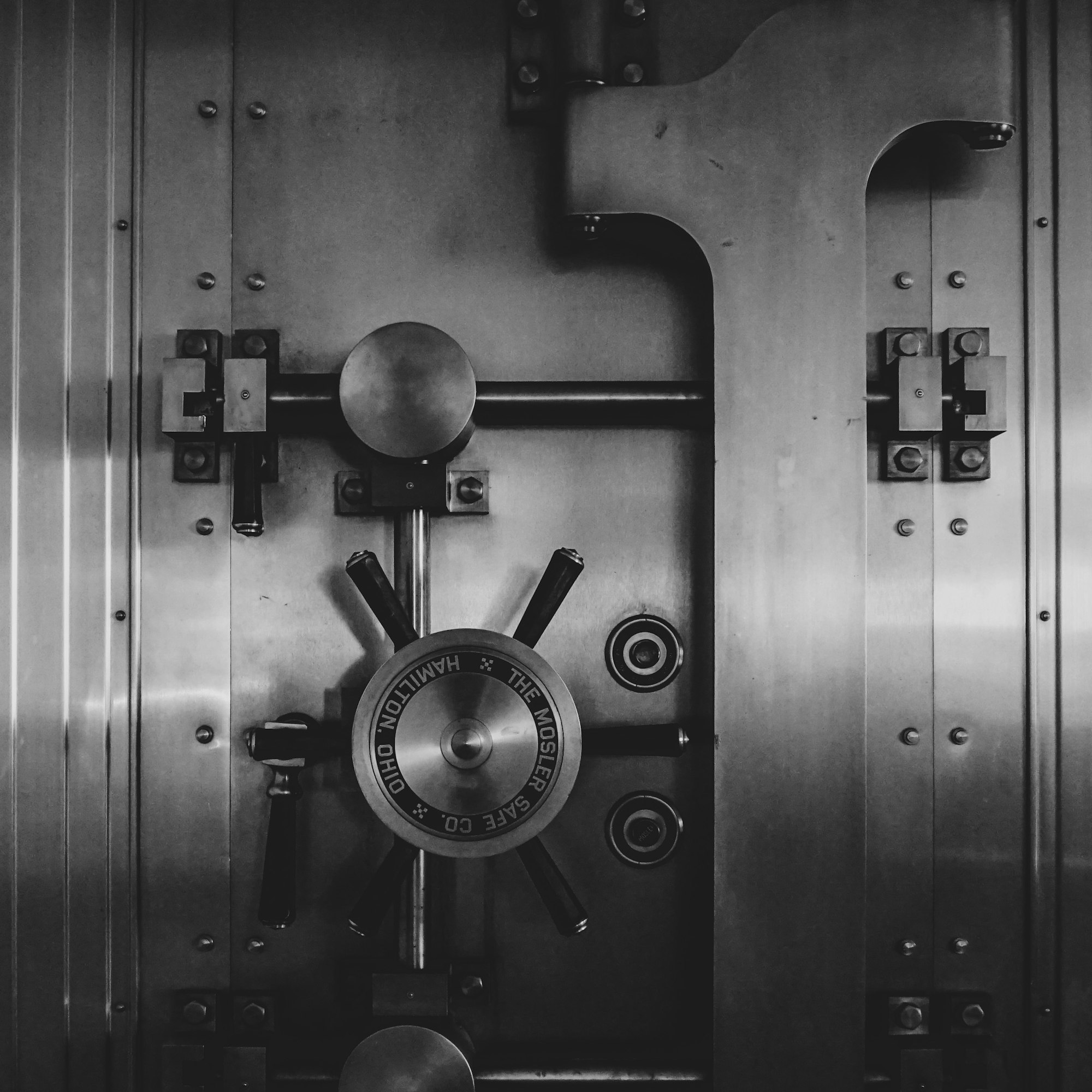Weekly Roundup
This morning on chain's weekly newsletter for 08/16/2021.


Bitcoin Mining is Recovering from China Ban, Mining Gets Harder
From May to July we saw the Bitcoin hash rate fall off a cliff when China banned crypto mining in the country---it dropped nearly 40% over 3-4 weeks. The Bitcoin hash rate is the amount of computing power being contributed to the network through mining. Since China implemented the mining ban, we’ve seen mining capacity disperse around the globe, from Kazakhstan to Texas. The current view is that this move makes the network and hash rate more stable and trustworthy as the backbone of the network (miners) isn’t concentrated in an antagonistic country. The forced move has included relocating tens to hundreds of thousands of computers and graphics cards to different countries, as well as securing space, construction on buildings, negotiating electricity rates, etc. All of that overhead explains why the hash rate is still only about 66% of it’s May high.
After a few weeks of miners restarting their operations, the hash rate has been rapidly rising and is nearly at par with the level seen last year when most of the world’s mining was taking place in China, and it’s aggressively trending up towards a full recovery.
Bitcoin mining automatically adjusts difficulty based on the amount of mining occurring in the network roughly every two weeks. When China’s capacity, which accounted for 54% of the total hash rate, went offline, the difficulty plummeted. With the most recent adjustment the difficulty to mine Bitcoin (~7.3% more difficult this past week) is still down some 42% from its peak back in May.
Takeaways: Bitcoin mining is picking up again, though it’s still significantly below the all-time high in May, and the difficulty to mine is adjusting with it. After the hash rate, a measure of mining, dropped from China’s ban on crypto mining, the current mining level has nearly recovered to where it was last year.
Fractionalized NFT’s Lets You Invest in the Winners
Following up on last week’s article about how the Non-Fungible Token (NFT) art market is sky rocketing, there are some new projects that make investing in NFT art less of a gamble. Many of the more popular “blue chip” NFT’s have been out of reach of the average investor for a while---the most expensive CryptoPunk, for instance, sold for $7.57 million USD. The cheapest one on sale is going for 51.85 Ethereum (~$168k USD).
Companies like Fractional are trying to change that. They fractionalize NFT’s and allow individuals to buy and sell small portions of some of the most expensive, high-end NFT’s ever made on their marketplace. Some of the most well known art projects are fractionalized and available to buy on their site now:
Opening up the art market to a huge amount of demand from small investors could continue to drive up NFT prices and help find the true value of an asset. In a blog post, the Fractional creators detail “[If] the asset is extremely valuable and they want help finding price discovery, fractionalizing the item and selling 20% on the market can be a valuable tool to help understand how the market values the NFT.” We focused on Fractional here, but there are other projects like Otis and Unicly working on the fractionalization of NFTs as well.

A Mexican Banking Billionaire Announces His Bank Will Support Bitcoin
This week the founder and chairman of Grupo Salinas, Ricardo Salinas Pliego, announced that his bank will soon support Bitcoin (BTC). The bank, Banco Azteca, has assets under management in the billions and would be the first Mexican bank to add support for the cryptocurrency.
Ricardo Salinas Pliego is Mexico’s third richest man at an estimated net worth of $15.6B, and a very outspoken proponent of Bitcoin. He revealed earlier in the year that he has moved 10% of his net worth into BTC, and believes it should be a part of every investor's portfolio. In typical Bitcoin bull fashion, he changed his Twitter account to have laser eyes (that’s how you know he means business).
Polygon Acquires Hermez, Performing the First Ever Token Merger
On Friday August 13, it was announced that Polygon is buying Hermez Network for $250M and absorbing their team. For the first time in a crypto network acquisition, Polygon’s token (MATIC) is merging with Hermez’s token (HEZ), and both will trade under the MATIC symbol. Prior to the purchase, Polygon received the buy-in of large token holders (akin to shareholders) accounting for 90% of the network. At the time this article was published , MATIC had a market cap of $9.12B.
Hermez is an Ethereum Layer-2 scaling solution. This essentially means it sits on top of the Ethereum network and allows for much higher throughput in the system than Ethereum can currently offer on its own. Additionally, Hermez offers lower fees for each transaction.
The acquisition is part of a strategic direction for Polygon. They’ve recently committed $1 Billion towards something called ZK-Rollups. ZK-Rollups are a way of bundling transactions together into a single transaction, in this case on the Hermez network, then publishing the bundled transaction on the Ethereum network to reduce the load on Ethereum.
TLDR: Polygon is buying a Layer-2 scaling company for $250M and, for a crypto first, merging tokens.

The Senate Included Crypto Regulation in the Infrastructure Bill
This past week the U.S. Senate passed an infrastructure bill that has a very controversial crypto amendment. Like most 2,700 page federal bills, this has been a bit confusing, so let’s try and hit the important parts. The amendment is meant to solidify reporting requirements for the industry. The problem here comes from the language they used, specifically the definition of a broker, who will need to report customer information to the IRS. As currently written, the definition of a broker is so broad that some are concerned it could apply to essentially anyone involved in crypto, from developers all the way up to internet providers.
Though the Senate has passed the bill, it has to have a sibling bill passed in the House---and that result isn’t clear. For exchanges, this broker requirement isn’t a big deal as they already adhere to Know Your Customer (KYC) and perform typical tax reporting that you would expect from a traditional exchange. If this bill does overreach and misattribute broker status, there will be legal cases to fight back the regulation.
Even in the worst case scenario, people aren’t expecting to see this affect the real world until 2023.
TLDR: Vague language in the recently passed Senate infrastructure bill has people concerned that the responsibility of reporting customer use to the IRS may fall to individuals such as developers of projects or internet providers. That wouldn’t take place until roughly 2023, and would likely have a lengthy legal battle if the ambiguity is abused.
